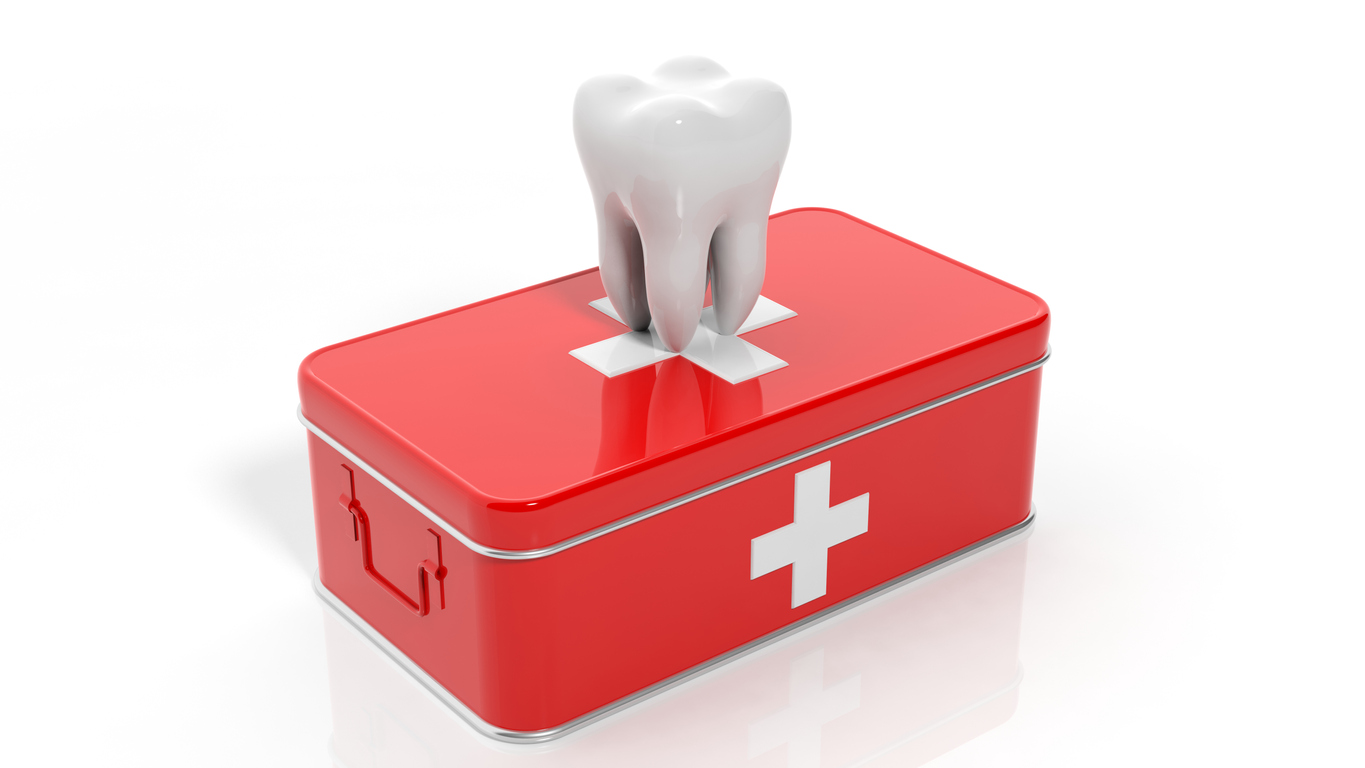Living with Chronic Pain
Types of Dentists

What is a Dentist?
A dentist is a trained physician who specializes in the diagnosis, treatment and management of oral health. They fulfill an undergraduate program in a related field and earn a bachelor’s degree. This is followed by four years of dental schooling. Written and practical exams must be passed prior to becoming licensed. They can also complete a postgraduate residency in a specialized area.
Dental colleges must be accredited with the governing body for dentists where they plan to practice dentistry. For example, the Dental Board of California in the United States or the Royal College of Dental Surgeons of Ontario in Canada. Dentists obtain either a doctorate of dental surgery (DDS) or a doctorate of dental medicine (DMD) degree. Many dental specialists are the same in Canada and the U.S.
General Dentist
A general dentist is a primary dental provider that manages basic oral health needs. This may include fillings, bridges, crowns, extractions, root canals, gum care, teeth replacements, tooth repair, mouth guards, etc. They also diagnose oral health issues and provide preventative education.
Endodontics
An endodontist is a specialist that diagnoses and treats complex conditions that are related to the dental pulp and periradicular tissue. This includes the nerves, blood vessels, and deep tissues of the tooth. Endodontists may remove and repair previous root canals, remove the tip of the root, extract teeth, or perform root canals. They also implement emergency dental surgery and treat severe tooth infections.
Oral and Maxillofacial Radiology
An oral health radiologist is specialized in taking and interpreting data and X-rays. They diagnose and manage diseases and disorders of the craniofacial complex, such as blood vessels, nerves, muscles, ligaments, tissue, etc. They are not limited to panoramic radiography or intraoral imaging.
Oral Medicine
Also known as a stomatologist, oral medicine specialists combine medicine and oral health care to help treat medically complex problems. They diagnose and manage certain conditions, such as candidiasis, lichen planus, aphthous stomatitis, and oral cancer. They may also evaluate individuals prior to chemotherapy, cancer therapy, and open-heart surgery.
Oral and Maxillofacial Pathology
An oral and maxillofacial pathologist identifies and manages diseases that impact the oral and maxillofacial regions, such as the jaws, cheeks, lips, teeth, and areas of the face and neck. Biopsies, tissue or lesions are sent to them by oral health care providers to investigate and examine the effect, cause and process of certain diseases. The practice of oral pathology uses clinical, radiographic, microscopic, biochemical, or other examination methods.
Note: Canada combined Oral Medicine and Oral Pathology into one specialty called Oral Medicine and Pathology
Oral and Maxillofacial Surgery
An oral and maxillofacial surgeon performs surgery on the face, mouth, and jaw areas. This may include reconstruction following an injury, dental implants, removal of cysts in the jaw, repair of soft tissue, tooth extraction, tumor removal, fractured cheek and jaw bone repair, complex jaw realignments, etc. They receive four to eight years of additional training following dental school.
Orthodontics and Dentofacial Orthopedics
An orthodontic and dentofacial orthopedic specializes in diagnosing, preventing, intercepting, and treating “bad bites” (malocclusions). They straighten and align the teeth and jaw with the use of braces, wires, bands, retainers, and other corrective approaches. Both adults and children are treated by these specialists.
Pediatric Dentistry
A pediatric dentist specializes in preventative and therapeutic diagnosis and care from infancy to early adulthood. This includes all ages of those with special care needs. They focus on the development of children’s teeth, child behavior, and physical development. Furthermore, they detect and treat issues with crowded, crooked, decayed or missing teeth. They also obtain two additional years of specialized training following dental school.
Periodontics
A periodontist specializes in the diagnosis, prevention and treatment of disease and conditions of the natural and man-made support structures of the teeth, such as the bones, and soft tissue of the mouth, such as the gums. They treat gingivitis (inflammation of the gums) and periodontitis (gum and bone disease). They may perform cleanings, grafting, flap procedures, implants, root planing, crown lengthening, etc.
Prosthodontics
A prosthodontist focuses on repairing the natural teeth or replacing missing teeth on a large scale. They may use dentures or crowns to replace missing teeth and determine proper placement of dental implants. Additionally, they work with those who have neck or head deformities to replace missing teeth or jaws with artificial material.
Dental Public Health
A dental public health clinic educates and promotes oral health through community efforts. They focus on preventing and controlling dental diseases. They assist individuals with finding a dentist, provide fluoride information, develop dental care programs, and supply resources for oral health.
Dental Anesthesiologist (US only)
A dental anesthesiologist specializes in using general and local sedation to control pain and discomfort during dental procedures. They also help with anxiety and overall health during dental, oral, maxillofacial and adjunctive surgical or diagnostic procedures. They work with those from very young ages through adulthood, including individuals with special needs.
Orofacial Pain (US only) (Header 1)
An orofacial pain specialist focuses on diagnosing, managing and treating pain disorders of the jaw, mouth, face, head and neck. They determine underlying causes of oral and facial pain and develop access to interdisciplinary care. Orofacial pain conditions include temporomandibular joint pain (TMJ), neuropathic pain of the cranial nerves, idiopathic (unknown) pain in the orofacial area, muscle pain, and pain that resembles primary headaches.


















